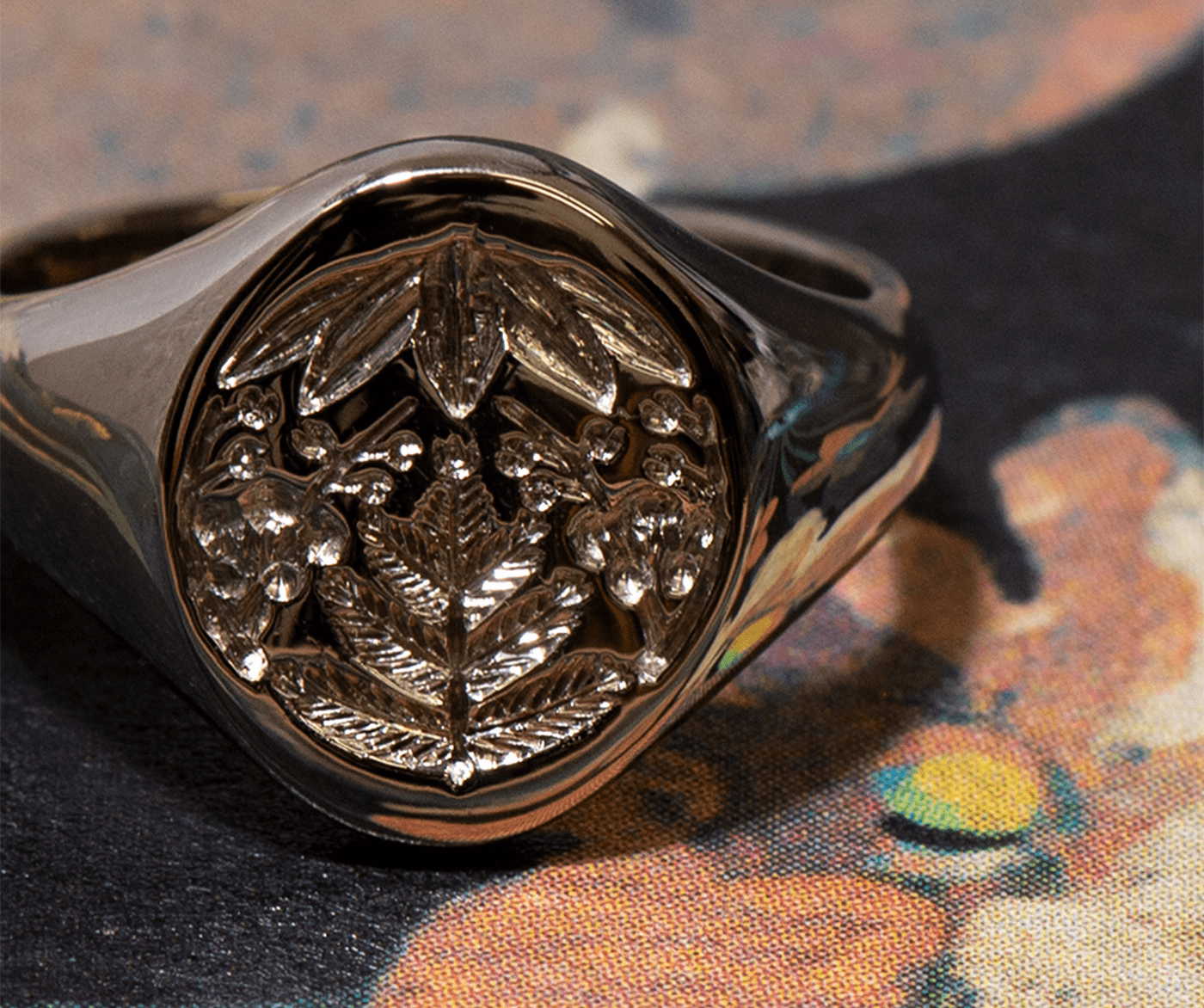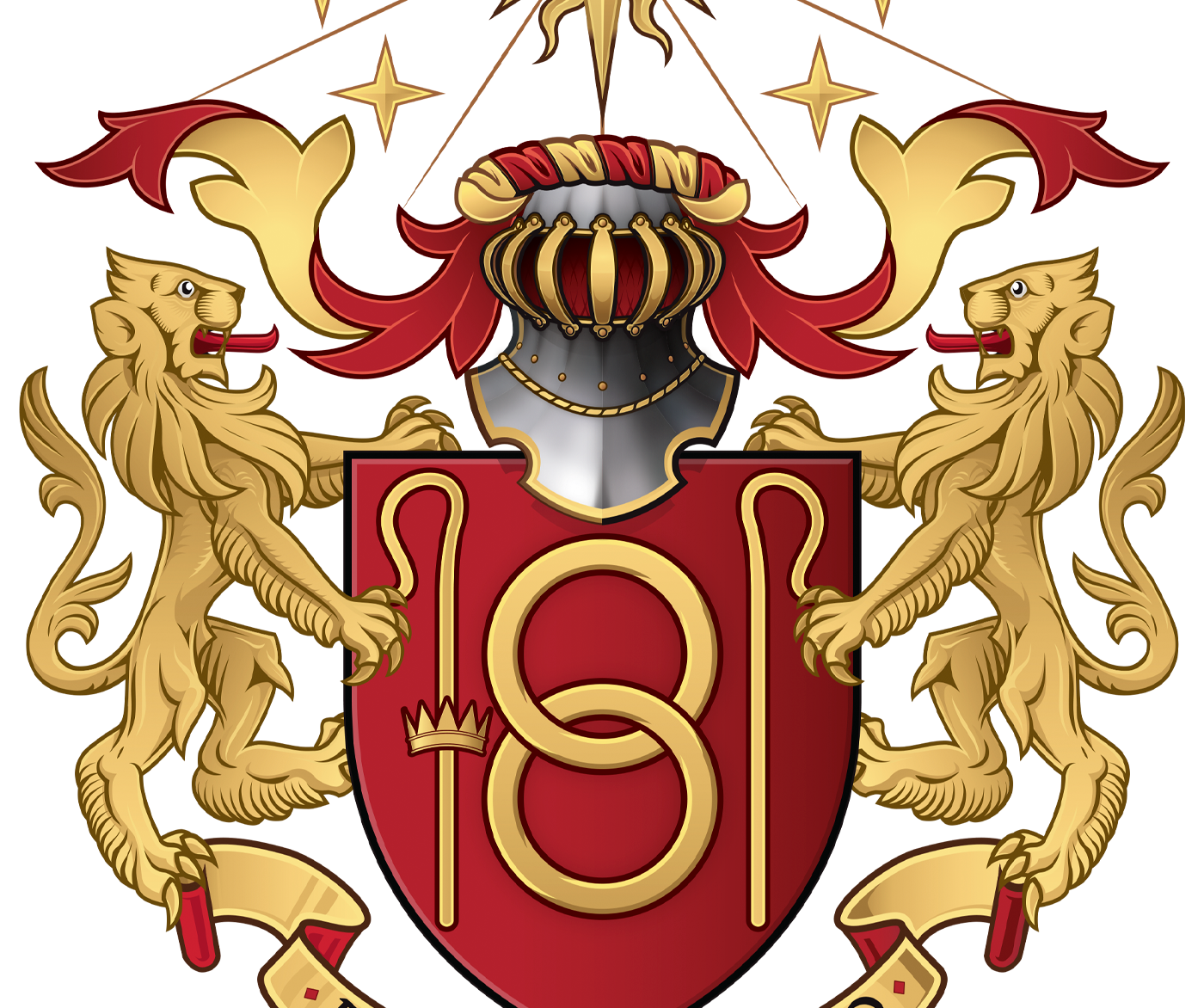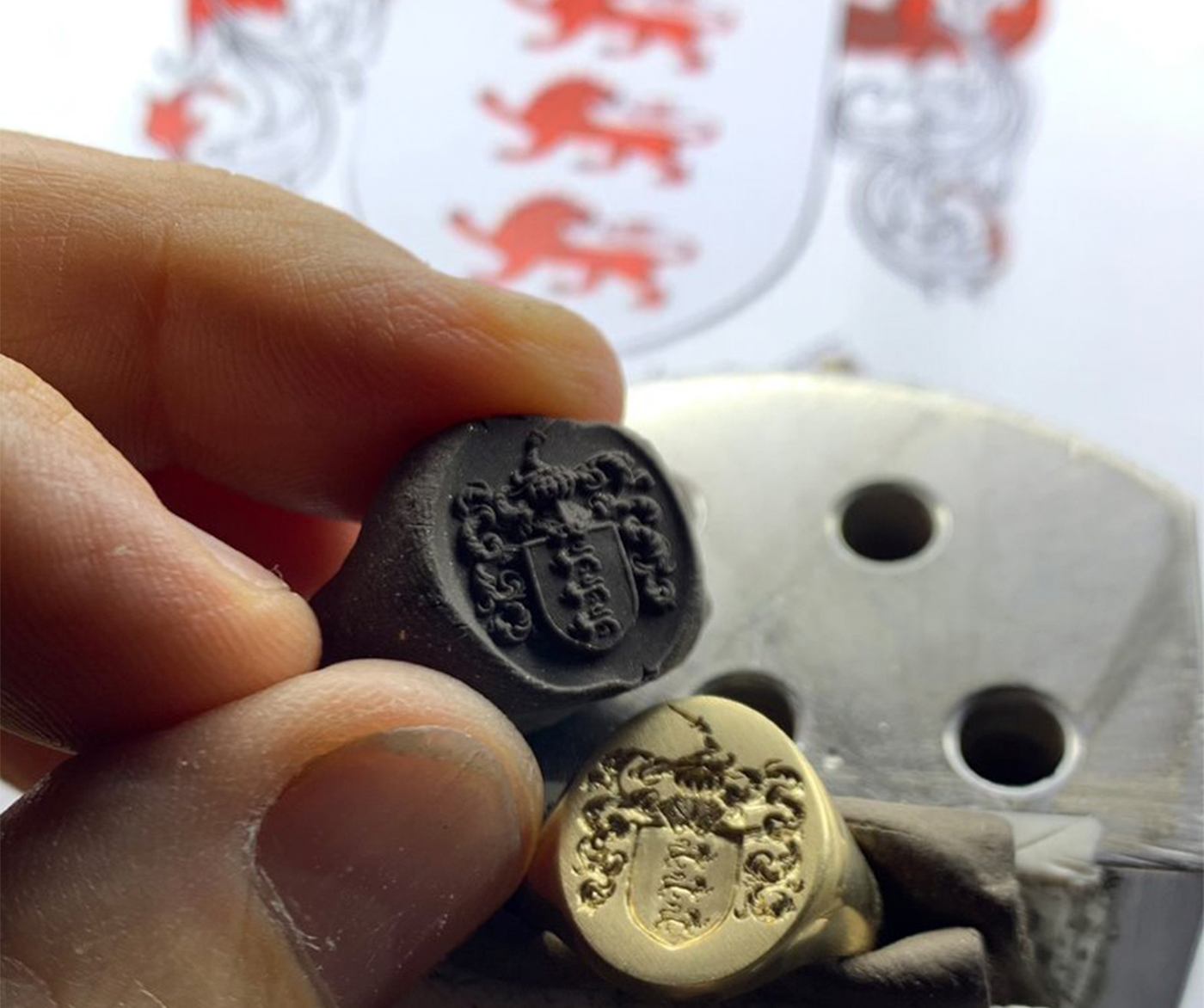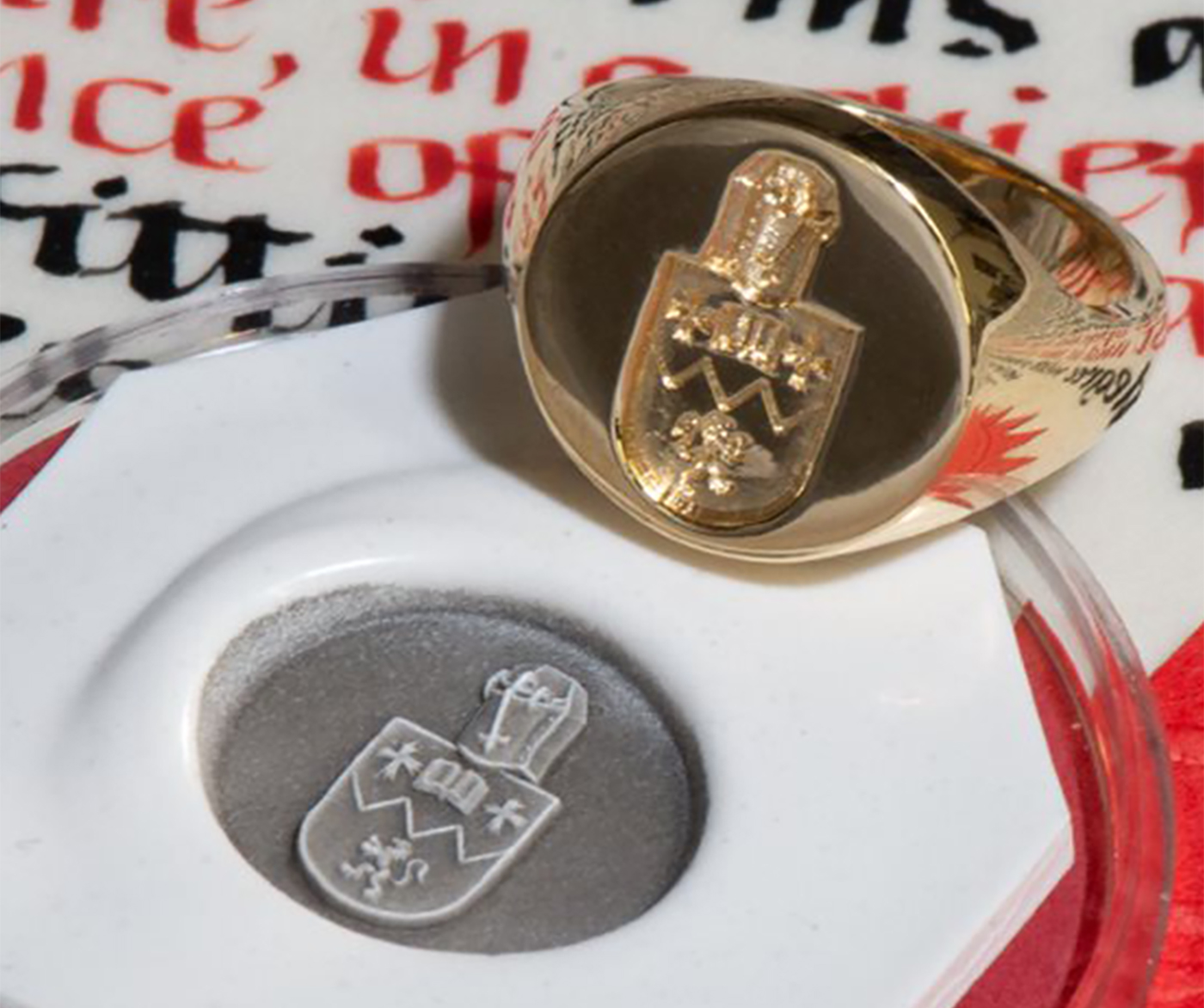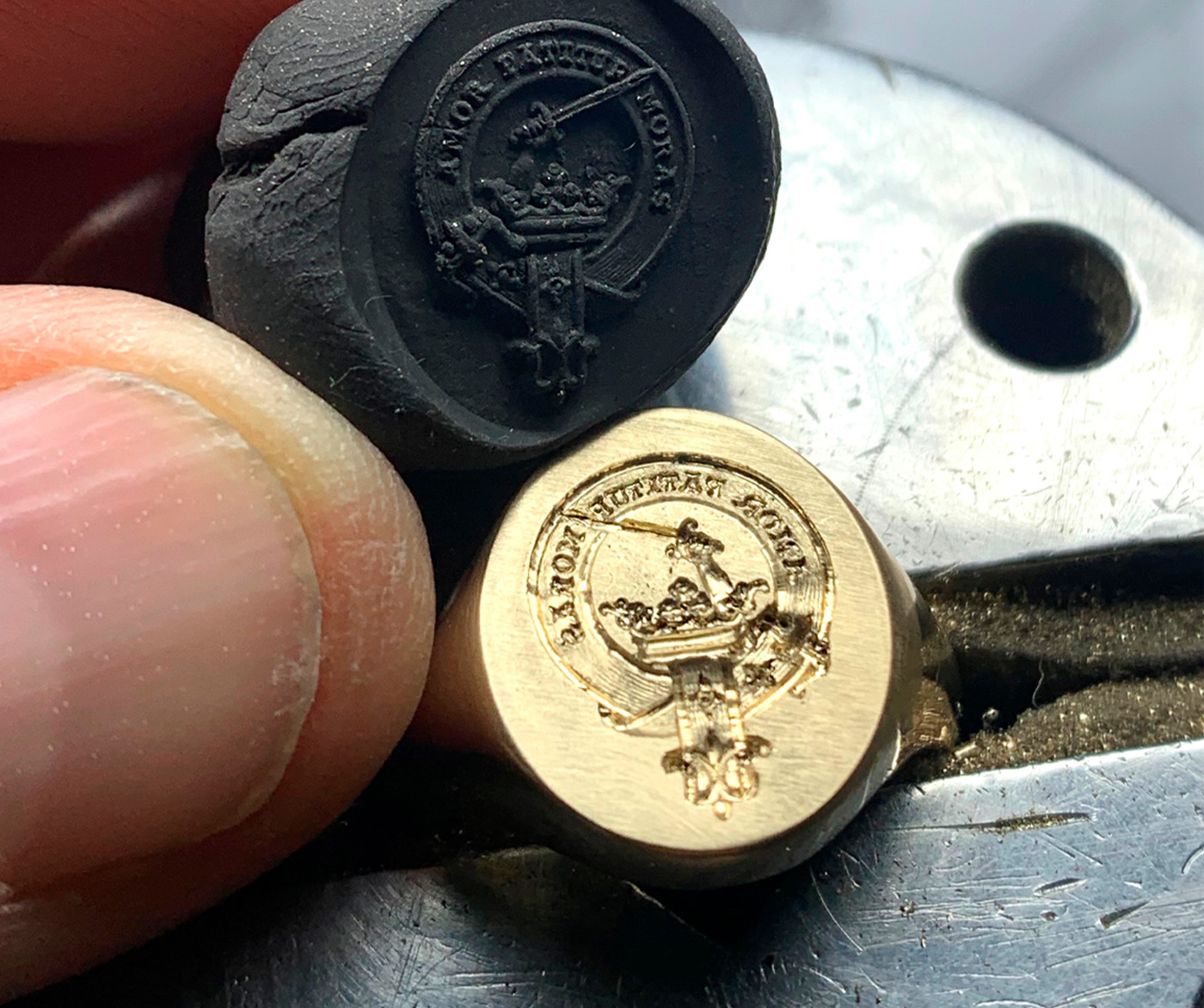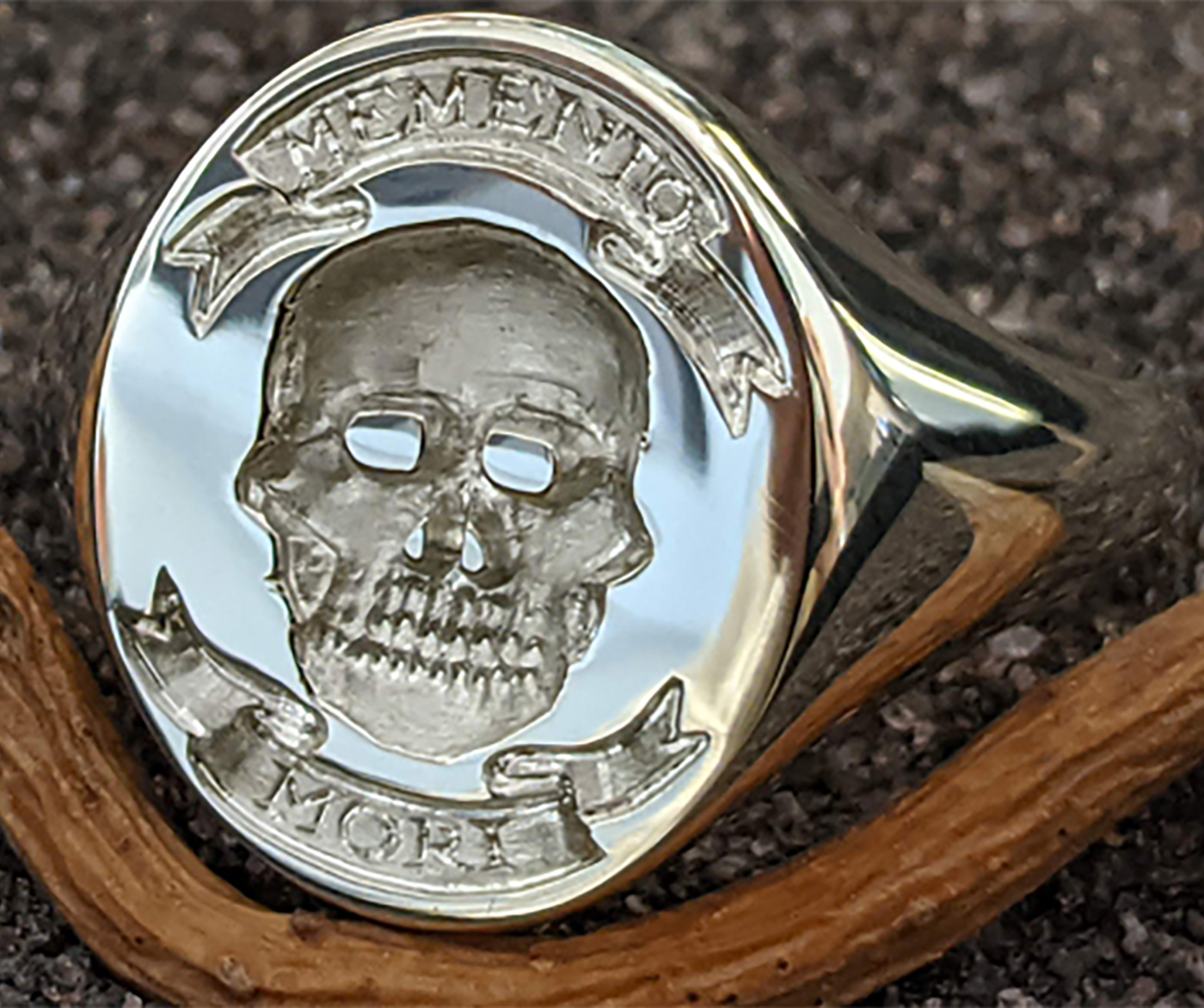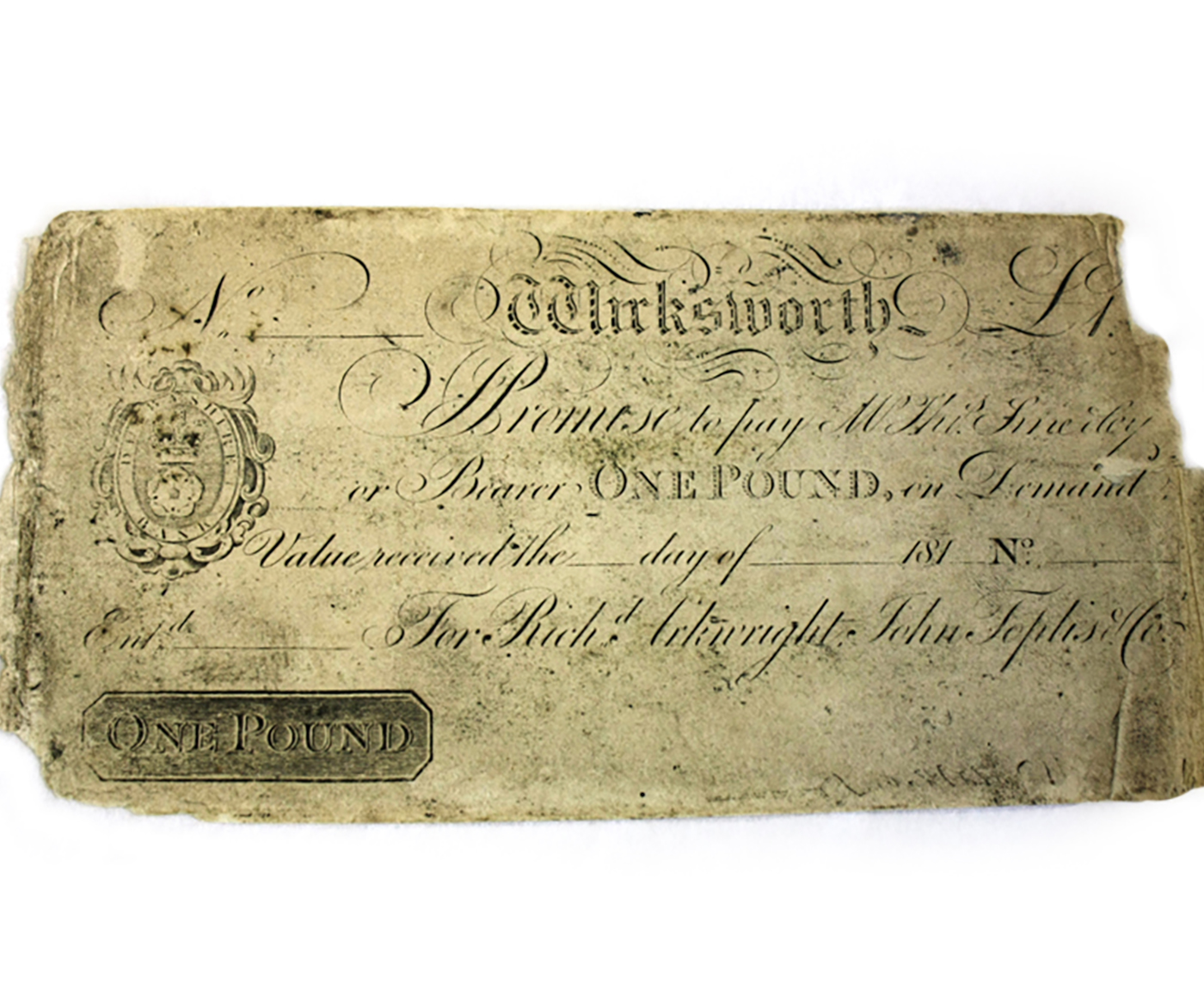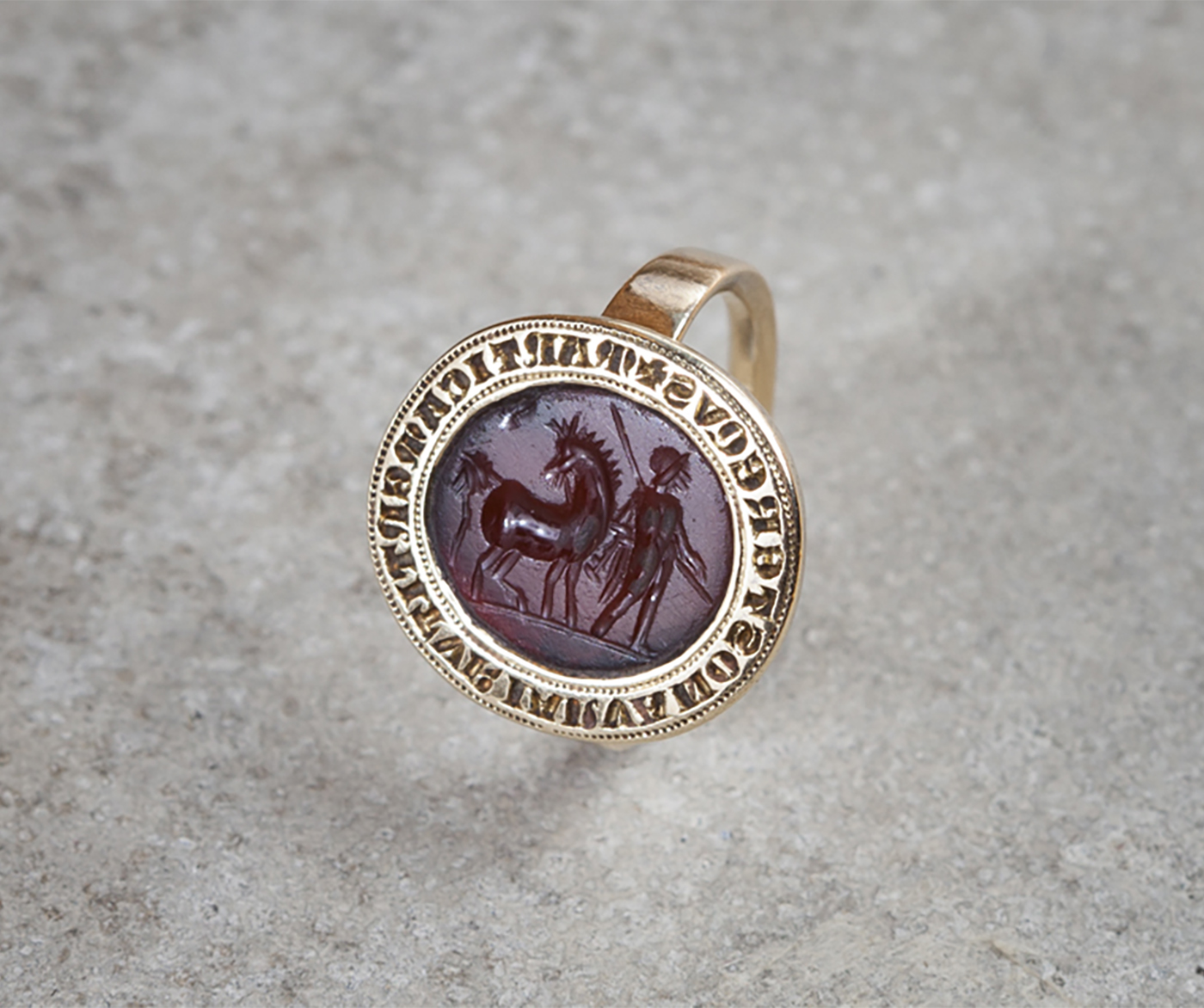History & Heraldry
-
Posted: December 16, 2022Read more »
'The Kamon symbols of Japan - family crests that represent lineage and ancestry - have a long and fascinating history dating back to ancient times.
Sometimes referred to as 'Mondokoro' or 'Mon', these symbols represent a family or individual and are often found on traditional Japanese clothing, furniture, and jewellery. The symbolism behind Kamon is rich and varied, with each symbol holding its own unique meaning and significance.
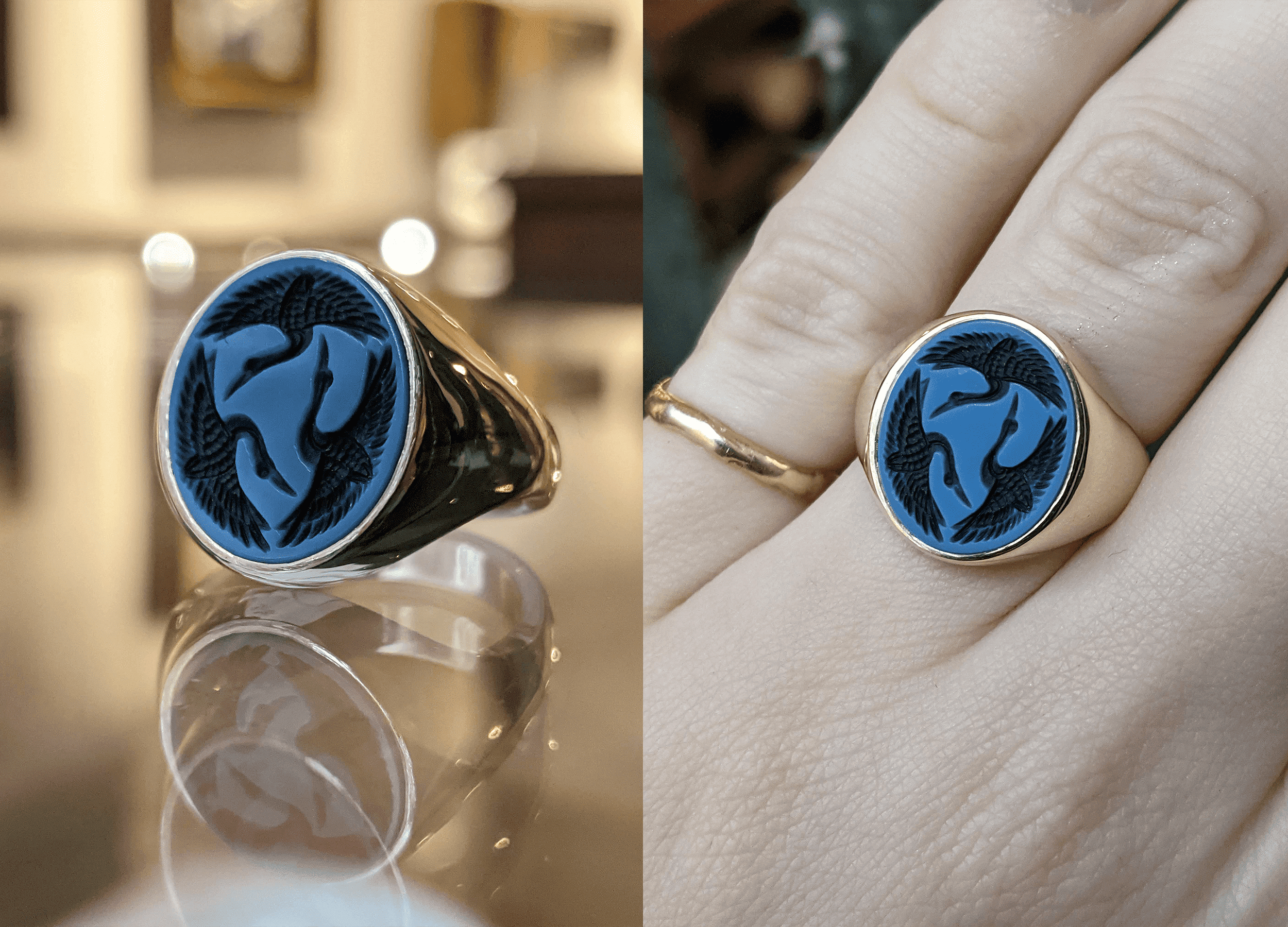

-
Posted: November 07, 2022Read more »
Everything begins with an idea, and the same is true of any piece of Rebus jewellery. Sometimes that idea comes to us fully-formed, but more often than not customers require the help of our award-winning team of artists and illustrators to coax it into life.
One such idea came to the Rebus workshop recently; a collection of inspirations one customer wanted represented on a personalised signet ring. Looking for a traditional design that include the initial T, and whose artwork would represent protection, shepherding, defence, and valour, the importance of family, and include a nod to their Greek heritage and Christian faith, our heraldic artist got to work.
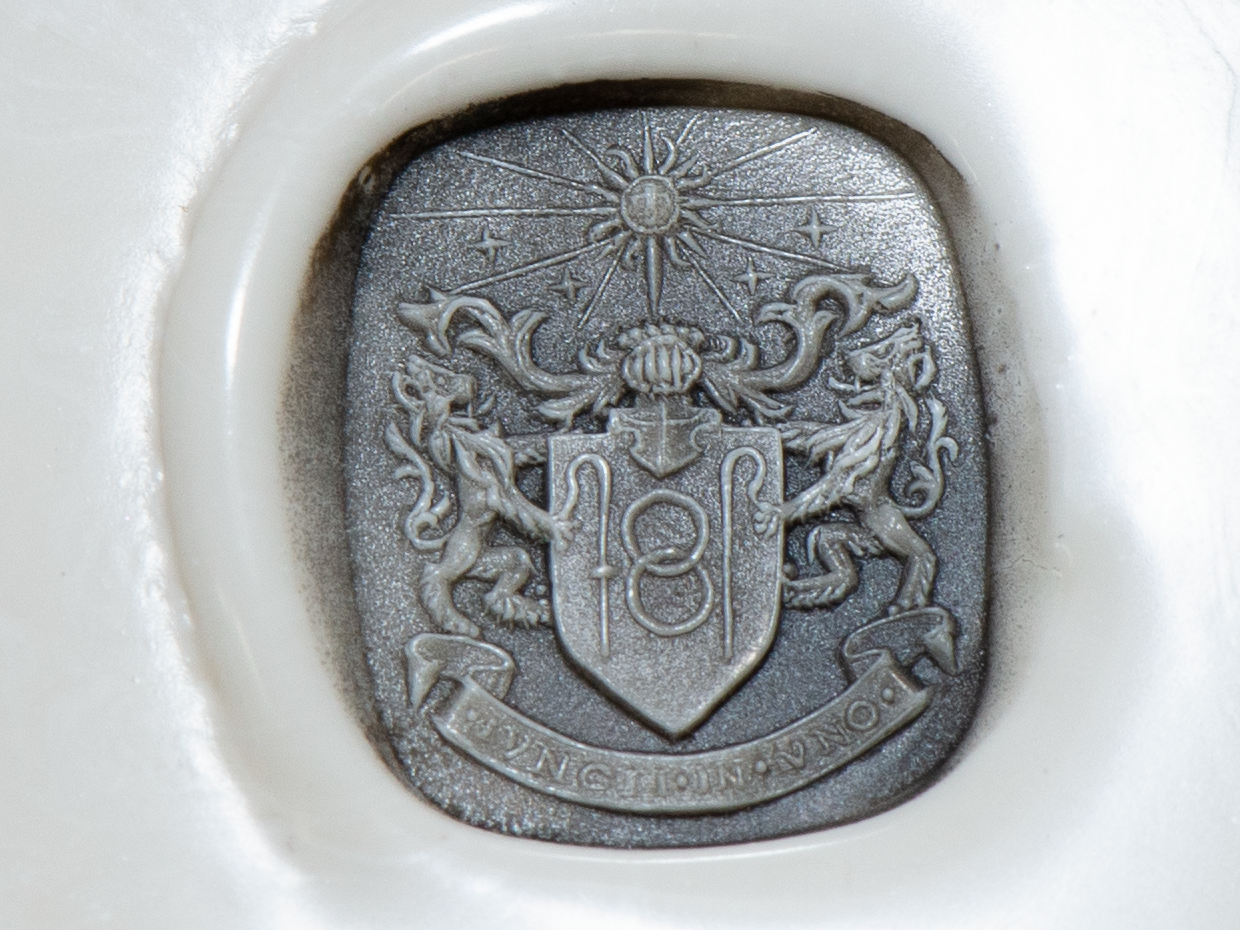
-
Posted: June 17, 2022Categories: History & HeraldryRead more »
Commonly mistaken for the wider heraldic achievement, a Coat of Arms in fact only refers to the symbolic motifs that sit within the shield or escutcheon. This unique representation of a family or surname, these Coats of Arms often include symbols designating rank, appointment, or royal orders.
Following our guide to The History of Heraldry, we delve a little deeper and deconstruct the elements behind Coats of Arms.
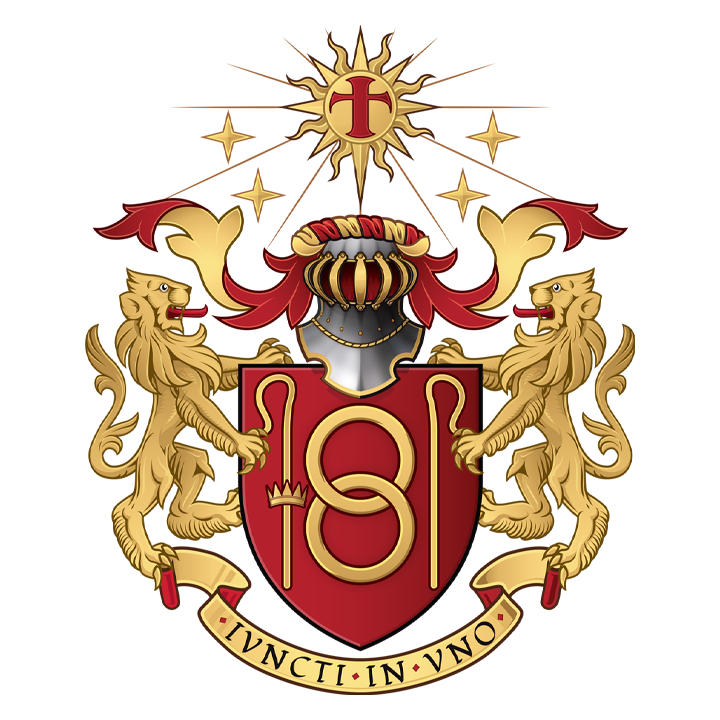

-
Posted: June 01, 2022Categories: History & HeraldryRead more »
Come with us as we uncover the history of heraldry, from symbols used by Ancient Greek warriors, through to the early medieval traditions of noble families, and through to the coats of arms borne by latter-day royals like Queen Elizabeth II.
What is the history behind heraldry?
For thousands of years, heraldry was a means of distinguishing warring armies, with symbols and markings identifying allegiance, ancestry, and rank. Both the Ancient Greeks and Romans favoured animal or mythical symbolism; for example, Athenians were represented by an owl, Thebans with a sphinx, and one Roman legion posted in Wales was even depicted by a mythical Welsh dragon. However, it wasn't until
-
Posted: April 13, 2022Categories: History & HeraldryRead more »
As our first ever UK trunk show in Edinburgh fast approaches, our thoughts have turned to Scotland. For those seeking inspiration north of the border for a bespoke signet ring design, we take a trip back in time and explore the fascinating history behind the Scottish clan badge.
The Scottish clan or Gaelic clann, roughly translated as ‘children’, has long-denoted kinship groups who share a common identity among the Scottish people. Since the 16th century, the heraldry, clan badges, and more recently crest badges and tartan of these clans have been officially recognised by the Court of the Lord Lyon.
Not to be confused with these more modern Scottish crest badges, clan badges can more accurately be described as a plant sprig often placed behind a crest badge in a traditional bonnet or perhaps at the shoulder of a tartan sash. Showing allegiance to a particular clan, these tokens often bore significance to the occupied lands that made up each clan’s ancestral
-
Posted: October 31, 2021Read more »
During the 16th to 18th centuries, nowhere was this message more apparent than on the memento mori jewellery that adorned everyone from wealthy middle-class merchants to royalty. But contrary to popular belief, the symbolism behind these fascinating pieces owes less to the macabre and more to the celebration and veneration of life.
Looking back to the early 1600s, contemplation of mortality was a prominent theme across art and literature. It was the age of Shakespeare's Hamlet soliloquising over the skull of Yoric, and of vanitas paintings - depicting skulls, melting candles, and rotting fruit - making their mark across the Netherlands and other European nations. With the average life expectancy a sobering 43 years of age, it's no wonder that this obsession with death took hold.
At this time, memento mori jewellery becomes de rigueur. Translated from the Latin as 'remember you must die', rings, pendants and brooches bearing skull and crossbone
-
Posted: June 20, 2017Read more »
Known as the ‘gentleman’s ring’, the signet ring is traditionally seen as a symbol of family heritage. However, it has been around longer than heraldry. For many centuries, the signet ring bore the family crest or coat of arms - see our Alternative Guide to Engraving for other ideas – engraved in reverse so that it could be pressed into soft clay or wax and used as a seal on a document.
Sealing in this way was official, authentic and could not be forged. It was seen as a form of identification. Because of this, signet rings are often referred to as ‘seal rings’. The name comes from the Latin ‘Signum’ which means ‘sign’.
Now, signet rings are worn by men and women from all walks of life who wish to exhibit style, or a sentimental connection with something or someone.
-
Posted: April 28, 2017Categories: History & HeraldryRead more »
Pre-1792, British banknotes were printed from hand-engraved copperplates. In 1706, Sir Isaac Newton pointed out to the Treasury that ‘good graving is the best security…’, at the time, he was talking in support of medal engravers at the Royal Mint, but the same could be said some 100 years later of techniques required for security printing of banknotes, the design of which owe their early origins to the engravers who had the skill to engrave extremely intricate, figurative work, patterns and lettering onto copper printing plates.
The relative simplicity of early British banknotes notes meant that forgeries soon became problematic. The penalty for forgery or even unknowingly having them in your possession was severe - the sentence commonly being death by hanging or transportation.
The identical reproduction of banknotes was essential in preventing this crime. At the beginning of the 19th century, banks were plagued with forgeries and preventative measures such
-
Posted: March 09, 2017Categories: History & HeraldryRead more »
Collector and author Michael Estorick on his signet ring with a Roman-engraved stone and a 13th-century inscription, unearthed in the north of England in 1760
‘I love signet rings. I’m interested in all forms of mark-making — calligraphy, drawing, writing fiction. I think life is all about making your mark.
‘I bought this ring around the time I started collecting. It was 1977, and I had just been given an advance on a book, so I went off and spent all of it on this one object. Soon after, someone found a reference to the ring in the journal of the Society of Antiquaries. It seems to have been dug up in Yorkshire, England, in 1760. I imagine it fell off someone’s finger, or perhaps it was deliberately buried.
‘The stone is a carnelian, and the carving is first-century Roman. The intaglio may seem tiny, but it is n

